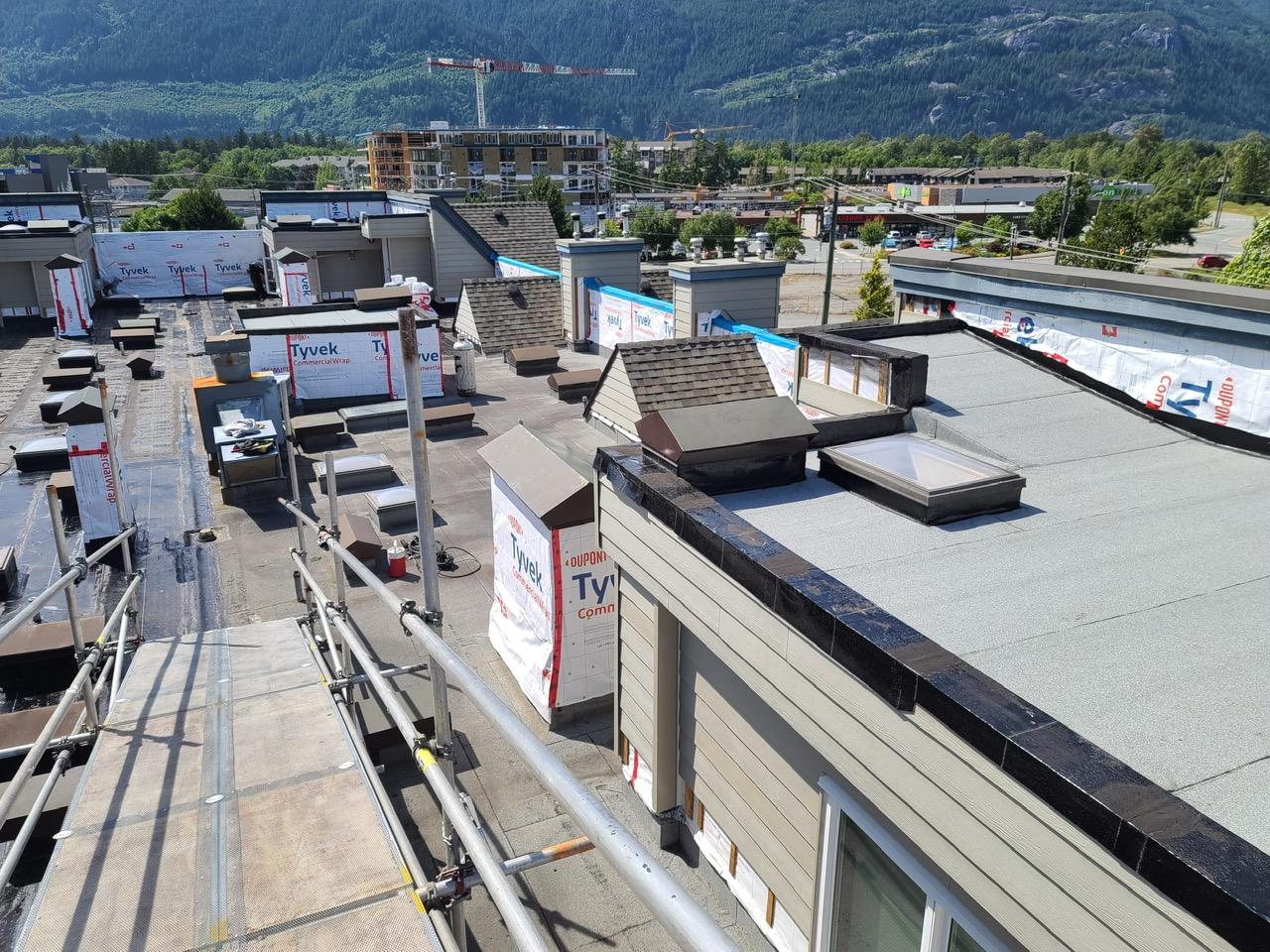Roof Maintenance for Your Commercial Flat Roof

When you are planning roof maintenance for your commercial flat roof , prevention is key. In order to prevent significant problems in the long term, it is advisable to have roof maintenance performed on your commercial property at least twice per year. A reputable roofing company will be able to complete preventative maintenance and help you identify and solve issues early on.
However, even a well-maintained roofing system can be compromised by severe weather. This is why you should also plan to conduct maintenance on your commercial flat roof after significant weather events such as hailstorms, windstorms, and severe rain. This will allow you to discover and resolve damage immediately before a small problem like a leak turns into a serious structural issue.
Water presents serious challenges to any commercial flat roof, and it is critical that you and your roofing contractors are alert to the signs of developing leaks and water damage. Water pooling and ponding in low spots is a serious problem, and this will put pressure on your roofing system. After significant rainfall or snow accumulation, your roof should be inspected and any water marks or standing water pools should be addressed by your roof maintenance contractor.
Adequate and well-maintained drainage can reduce the risk of standing water, so part of the regular maintenance of a commercial flat roof must be to inspect and clear the drains, scuppers and gutters of the drainage system. Again, adverse weather can deposit debris into the drainage system, so post-storm maintenance should be part of your regular practice. Even without severe weather events, plan to inspect and clean the drainage system on your commercial roof at least twice annually.
Debris isn’t only a problem for your roofing system’s drainage. It is common for debris such as leaves, tree branches, windblown garbage, and other items to accumulate on a flat roof. As these items decay, they absorb and hold water on your roof and also add weight as they provide an anchor for other debris. Removing debris as it accumulates is a quick and easy way to protect your roofing system, and is also a good reason to inspect your roof more frequently.
Winter adds a new dimension of challenge to the maintenance of a commercial flat roof, as snow accumulation and the freeze-thaw cycle both cause their own damage and also exacerbate the damage caused by water and debris that may already be in the system. Roofing materials will expand and contract as the temperature changes, and if any water has infiltrated the system, it will exacerbate this issue. The result can be visible blisters on the roof surface where the elements of the roofing system have seperated from one another, as well as any other splits, cracks or ridges in the roofing surface. As these defects can compromise your building envelope, it is vital that you have them repaired quickly. Finally, snow accumulation can add a great deal of weight and stress to a roofing system, even a well-engineered one. Significant snowfall should be cleared off the roof as quickly as possible to reduce the risk of critical stress and even collapse.
Ultimately, the best thing you can do for your commercial flat roof is invest in it regularly with consistent preventative maintenance, so that you can avoid developing serious, and expensive, issues. Developing a relationship with a reputable flat roof contractor will give you peace of mind and will likely save you money in the long run.

